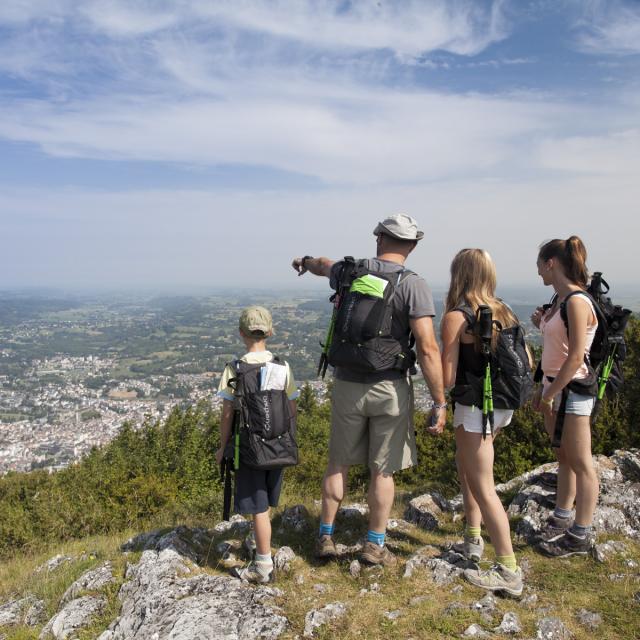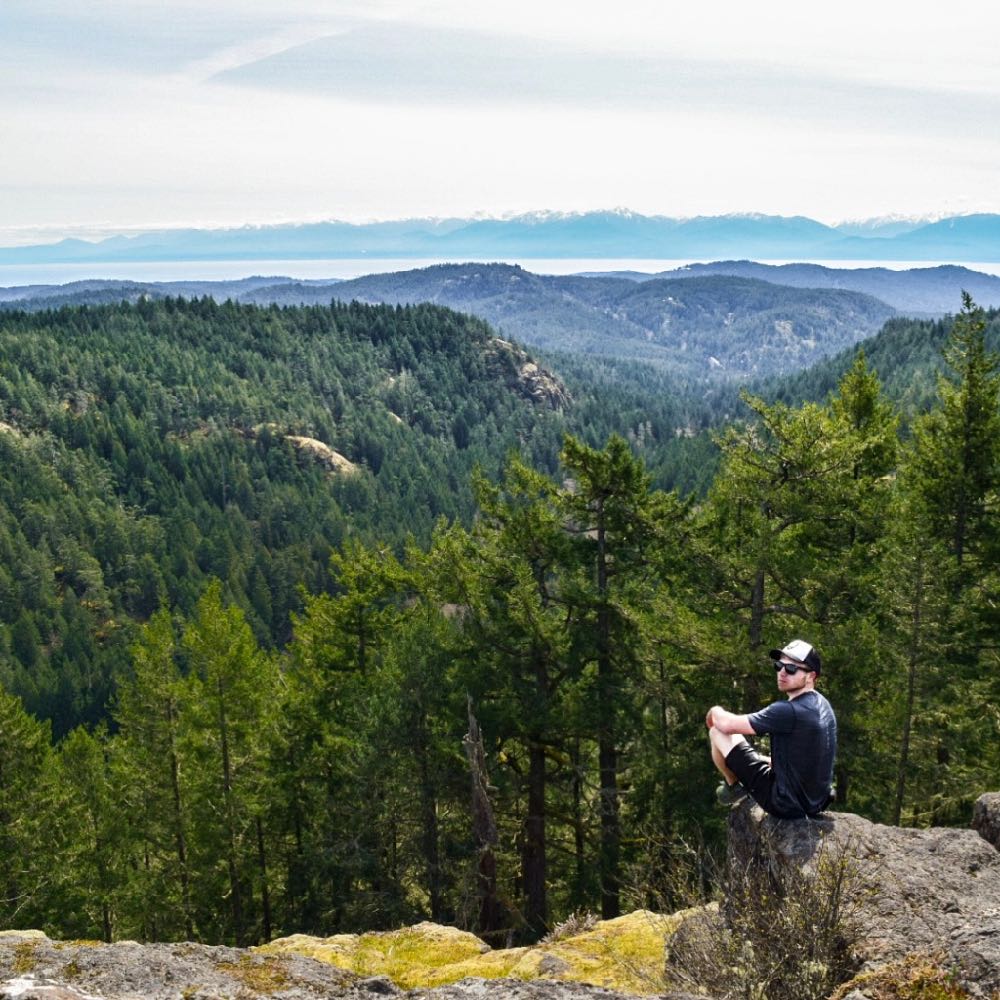Hiking tips:Preparing for the Hike
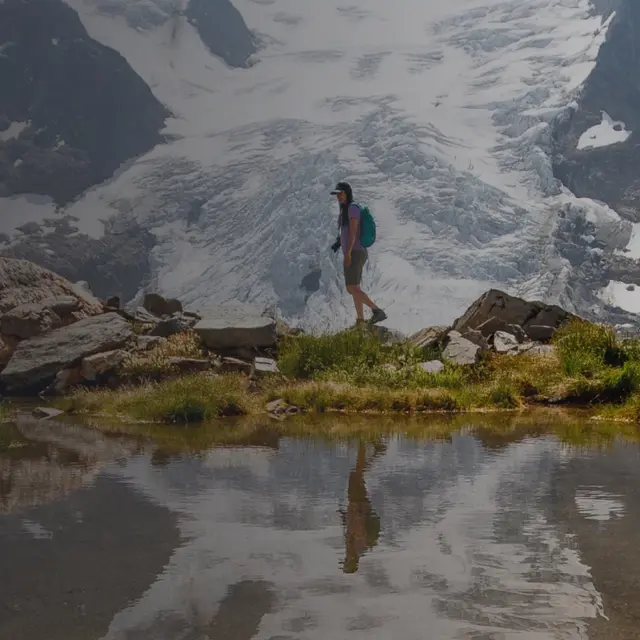
A. Researching and Choosing Suitable Trails
To ensure a successful and gratifying hiking trip, it is essential to know some hiking tips.
Researching suitable trails involves considering factors such as the trail length, difficulty level, terrain, elevation gain, and natural features. Online resources, trail guidebooks, and hiking forums can provide valuable insights and trail reviews from experienced hikers. It is important to assess your own fitness level and hiking experience when selecting a trail, especially if you are a newcomer to hiking.
Furthermore, identifying the points of interest along the trail, such as scenic viewpoints, waterfalls, or unique geological formations, can enhance the overall hiking experience. Considering the trail’s proximity to your location, accessibility, and available amenities, such as parking and restroom facilities, is also crucial in the decision-making process.
B. Hiking tips:Checking Weather Conditions and Trail Regulations
Before setting out on a hike, it is essential to check the weather forecast for the intended hiking location. Unpredictable weather patterns can significantly impact hiking conditions and safety. In the event of unfavorable weather predictions, hikers should consider postponing their hike to a more suitable time.
In addition to monitoring weather conditions, it is vital to review trail regulations and guidelines provided by park authorities or trail management organizations. Some trails may have specific regulations regarding permitted activities, trail closures, wildlife conservation, or camping restrictions. Understanding and adhering to these regulations not only ensures a harmonious relationship with the environment but also contributes to the safety and preservation of the natural surroundings.
Additionally, being aware of any permits or reservations required for accessing certain trails or areas is crucial to avoid potential inconvenience or fines. By thoroughly reviewing trail regulations, hikers can demonstrate respect for the environment and responsible outdoor stewardship.
C.Hiking tips:Packing the Essential Gear and Supplies
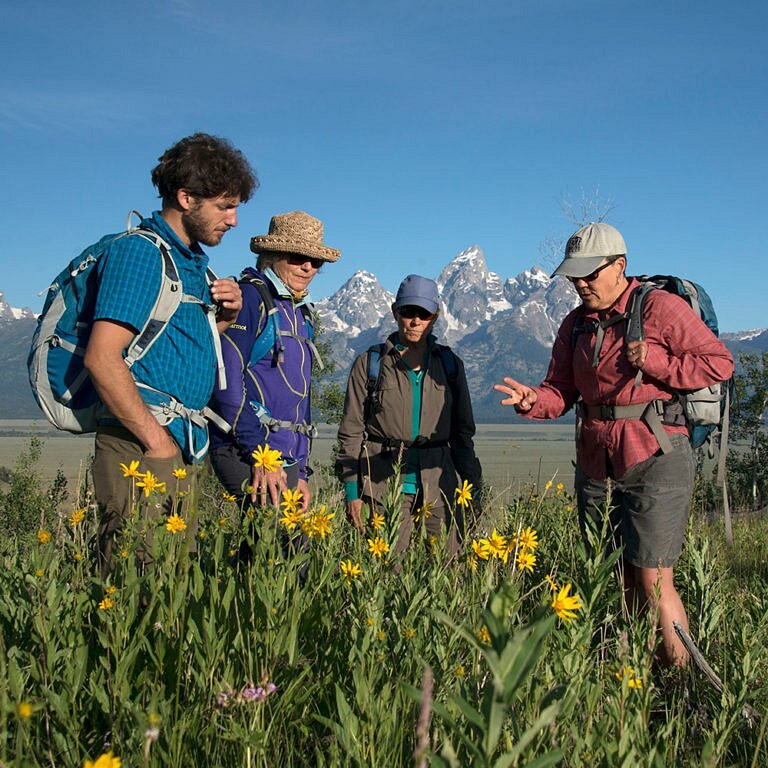
Proper gear and supplies are fundamental to a successful hiking excursion. When preparing for a hike, it is imperative to pack the necessary items to ensure safety, comfort, and preparedness for any unforeseen circumstances.
Essential gear for a hike typically includes appropriate footwear, such as hiking boots or trail shoes with good traction and ankle support, to navigate varying terrain. Comfortable, moisture-wicking clothing suitable for the expected weather conditions is also important to maintain body temperature and prevent chafing.
Carrying a well-equipped daypack or backpack for storing essentials is essential for hikers. Inside the pack, items such as a map or trail guide, a compass or GPS device, a first-aid kit, and a multi-tool or knife are indispensable for navigation, emergency situations, and basic repairs. Additionally, a sufficient supply of water, snacks, and a packed lunch should be included to sustain energy levels throughout the hike. For longer hikes or overnight trips, the inclusion of a shelter, such as a lightweight tent or emergency bivvy, becomes essential.
Other essential items to pack include sunscreen, insect repellent, a whistle, a headlamp or flashlight, and a fully charged mobile phone. Before heading out, it is also vital to inform a trusted contact of your hiking plans and estimated return time for safety purposes.
Hiking tips: Choosing the Right Trail
Embarking on your hiking journey begins with selecting an appropriate trail that aligns with your fitness level, experience, and interests. Making an informed trail choice is crucial to ensure your hike is enjoyable, safe, and memorable.
Assessing Your Fitness and Skill Level
Before lacing up your boots, take a candid look at your current fitness and skill set. Consider the type of workouts you regularly engage in and how these may translate to hiking activities. For example, if you’re accustomed to flat-terrain jogs, a trail with significant elevation changes might present a challenge. By starting with a realistic comprehension of your capabilities, you can avoid overexerting yourself and ensure a positive experience.
Understanding Trail Ratings and Terrain
Trails are often rated according to their difficulty––from easy, flat pathways to strenuous, technical climbs. An easy trail might be broad, well-maintained, free of obstacles, and less than 5 miles long, while a more strenuous path could involve steep grades, uneven surfaces, and extensive distances. Identify the trail types within your comfort zone and research routes using reliable resources like guidebooks, hiking apps, park websites, or local hiking clubs.
Essential Gear for Your First Hike
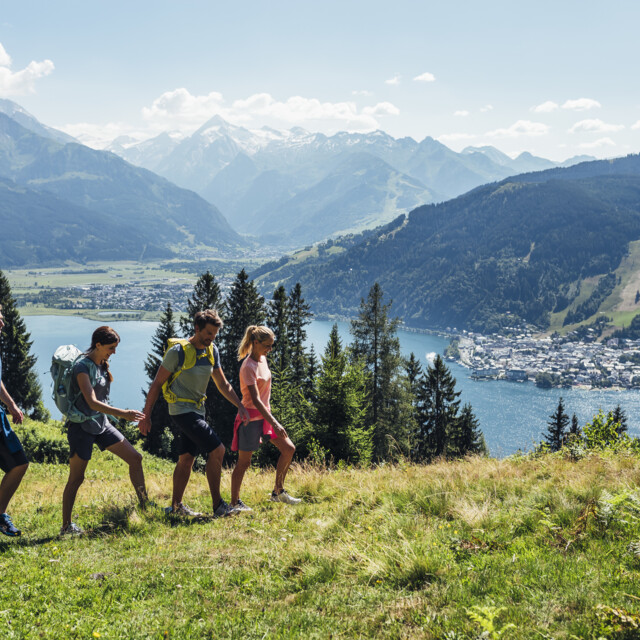
Even on simple day hikes, having the right equipment can make all the difference. Recommended essential gear includes:
- A sturdy pair of hiking boots or shoes that provide support and traction
- A comfortable, breathable backpack to carry supplies
- Clothing suitable for the weather, including moisture-wicking fabrics and layers for temperature changes
- A basic first aid kit for minor injuries
- Adequate water and high-energy snacks to maintain hydration and energy levels
- Additional items such as a sun hat, sunglasses, sunscreen, and insect repellent for protection against the elements
Selecting trails that match your fitness level, understanding the difficulty ratings, and packing the right essentials lay the groundwork for an enjoyable first-time hiking experience and set the stage for many more outdoor adventures.
Hiking tips:: Hiking Practices for Safety and Enjoyment
Hiking is as much about the journey as it is the destination. To maximize safety and enjoyment on the trail, it’s vital to follow tried-and-true practices that seasoned hikers swear by. Here’s how you can make every step count.
Pacing Yourself and Recognizing Break Points
The secret to a successful hike lies in finding a steady pace that’s sustainable for your fitness level. Start slow, allowing your body to warm up, and maintain a speed that lets you breathe comfortably. Listen to your body and take breaks as needed––typically before you feel exhausted. Look for natural break points like a shaded area or a scenic overlook. These moments of rest are not only great for recovery but also offer opportunities for reflection and enjoyment of nature.
Even in the age of digital navigation, the quintessential map and compass remain essential tools for hikers. Familiarize yourself with basic map-reading skills and how to orient a map with a compass for reliable navigation. When on the trail, observe and follow trail markers or cairns that guide the way. If you prefer tech, a GPS device or hiking app can be beneficial––just ensure your devices are fully charged and consider carrying a portable power bank.
Hydration and Nutrition: Keeping Energized
Hydration and nutrition are the engines that power your hike. Carry and consume water continuously, and be aware of the color of your urine as an indicator of hydration. For nutrition, snack on complex carbohydrates, proteins, and good fats for slow-release energy. Trail mixes, energy bars, and fruit are excellent choices. Remember: for day-long hikes, it’s recommended to carry at least two liters of water and begin hydrating before you hit the trail.
Incorporating these practices on your hike ensures not only a safer experience but also one where the beauty and tranquility of the outdoors can be fully appreciated.
After the Hike: Recovery and Reflection
After completing your hike, it’s important to take care of your body and mind. This phase is critical for personal growth, gaining insights from the experience, and ensuring you’re ready for future adventures.
Post-Hike Stretching and Recovery Tips
Post-hike recovery starts with stretching to help reduce muscle stiffness and improve flexibility. Focus on stretching your lower back, hips, legs, and feet, as these areas bear the most strain during hiking. Here are some tips:
- Hydrate: Replenish fluids lost during the hike. Water aids muscle recovery and flushes out toxins.
- Cool-Down Stretches: Spend 10-15 minutes doing static stretches for all your major muscle groups.
- Protein Intake: Consider a snack rich in protein within 30 minutes after the hike to help repair muscles.
- Rest: Listen to your body. If you feel tired, take it easy for the rest of the day.
- Foot Care: Remove your boots and socks, and give your feet some air. Check for blisters or hot spots and treat them immediately.
Reflecting on Your Experience and Planning Your Next Adventure
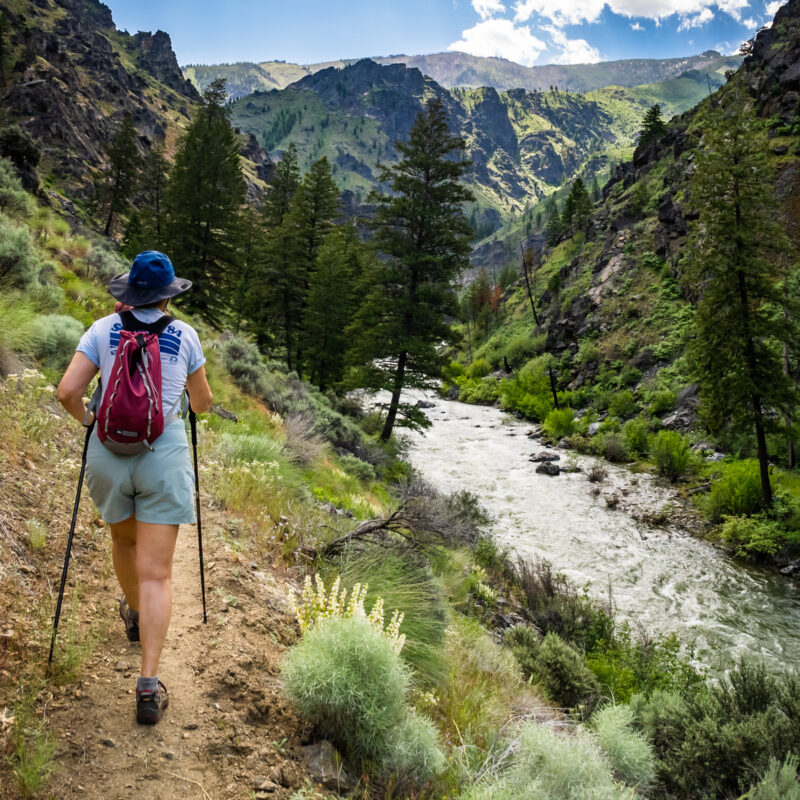
Reflect on what you enjoyed about your hike, what challenges you encountered, and what you learned. This reflection is vital for growth and improving future experiences. Consider keeping a hiking journal to record these reflections as well as the trails you’ve conquered. As you plan for your next adventure remember to:
- Review: Look back at the trail ratings to see if they matched your expectations and help planning future hikes.
- Set Goals: Think about what you’d like to achieve on your next hike – a longer distance, a different terrain, or a higher elevation.
- Research: Start looking for new trails and read up on any required skills, permits, or gear needed.
The Importance of Leave No Trace Principles
Adhering to Leave No Trace principles is crucial for conserving the natural environment and ensuring trails remain pristine for future hikers. Here’s what you need to remember:
- Plan Ahead and Prepare: Minimize impact by knowing the regulations and preparing for extreme weather, hazards, and emergencies.
- Travel and Camp on Durable Surfaces: Stay on the trail to avoid damaging the land.
- Dispose of Waste Properly: Pack out what you pack in, including all trash, leftover food, and litter.
- Leave What You Find: Preserve the past; examine but do not touch cultural or historic structures and artifacts.
- Respect Wildlife: Observe wildlife from a distance and never feed animals.
- Be Considerate of Other Visitors: Respect others’ experiences and yield to other hikers where appropriate.
Following these tips will help ensure that you’re ready for future hikes, and contribute positively to the preservation of the great outdoors.

